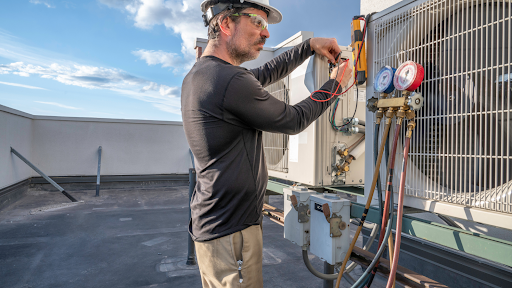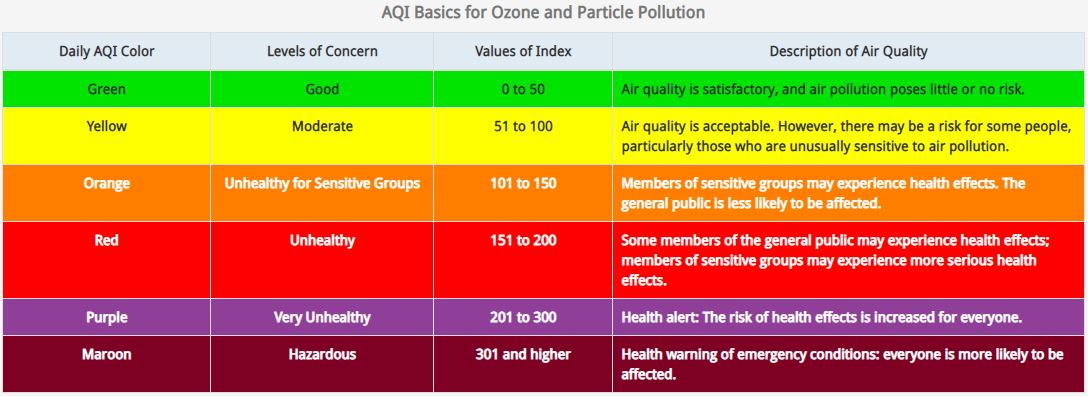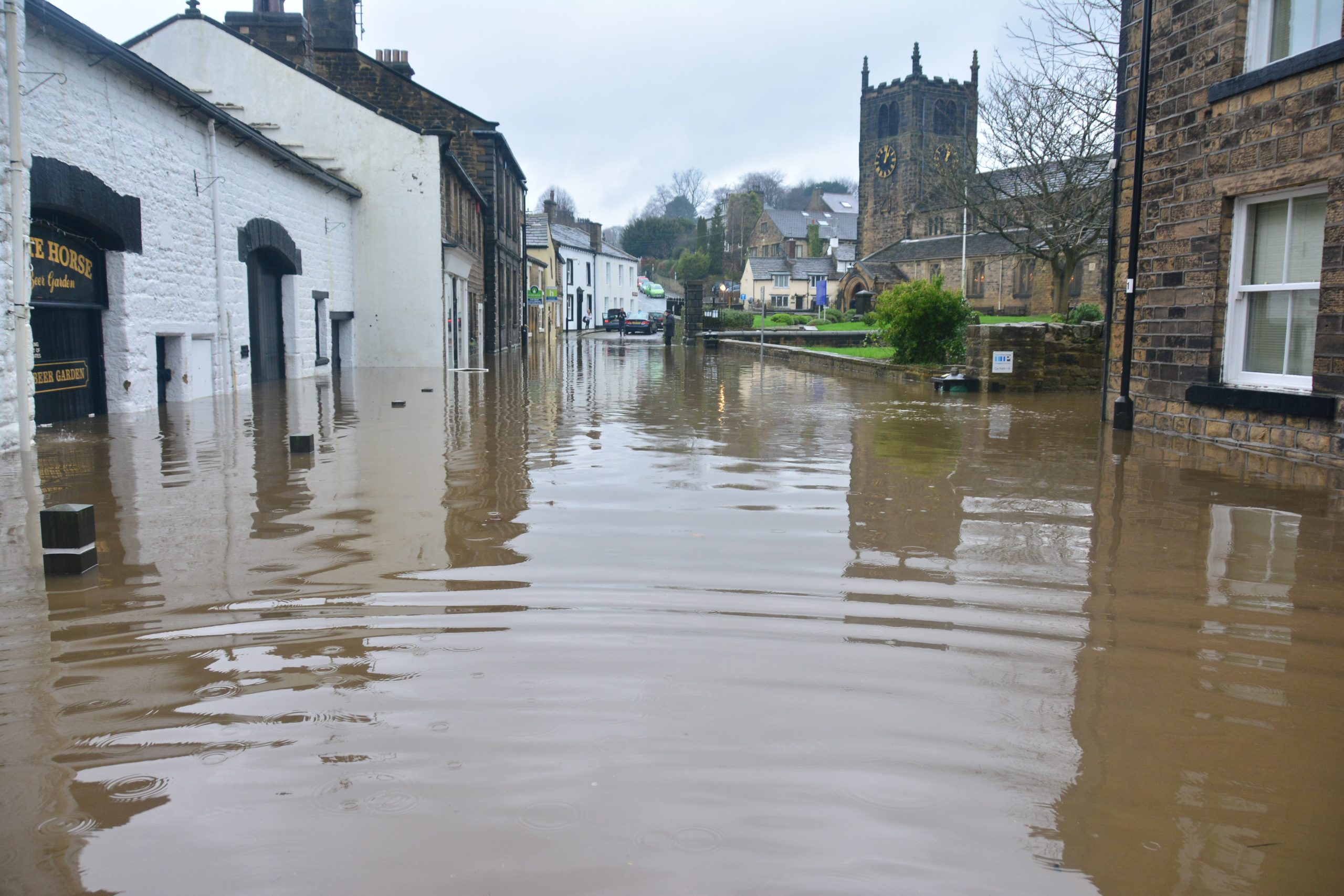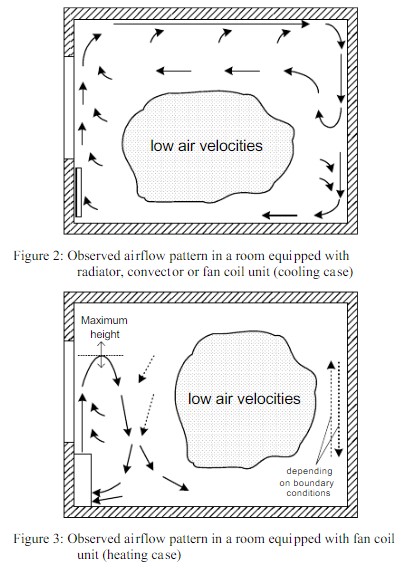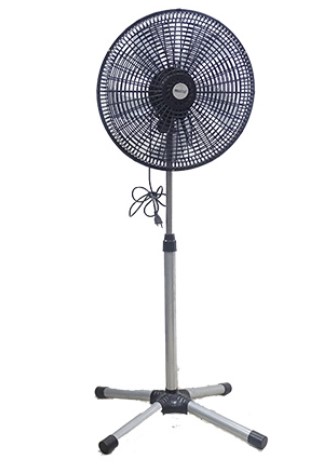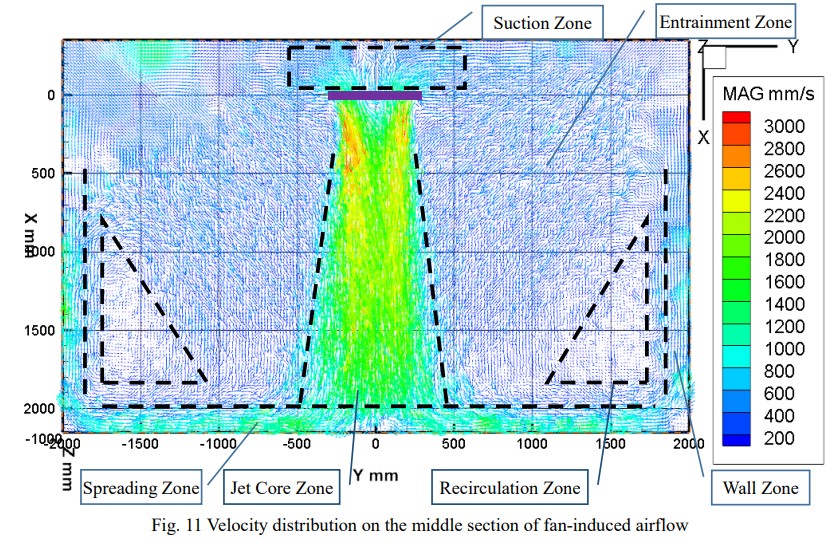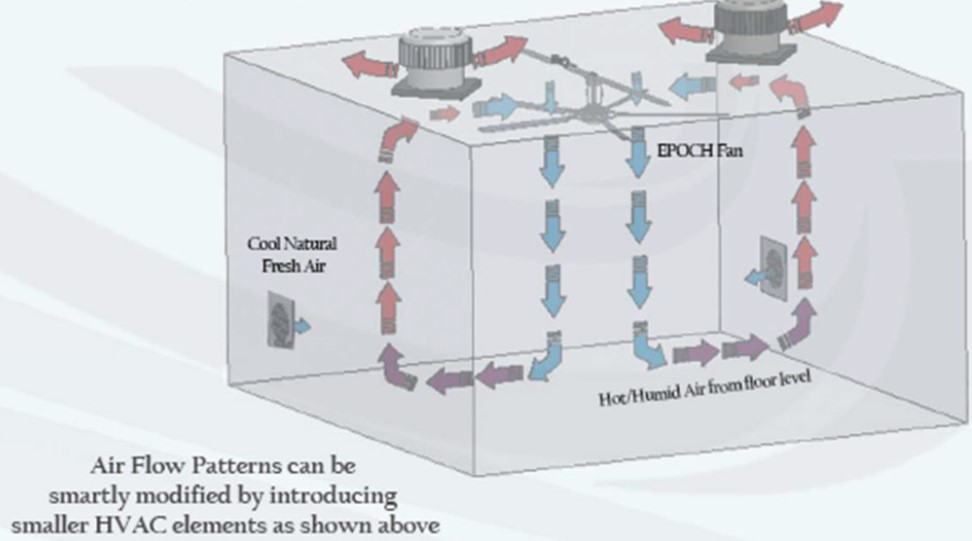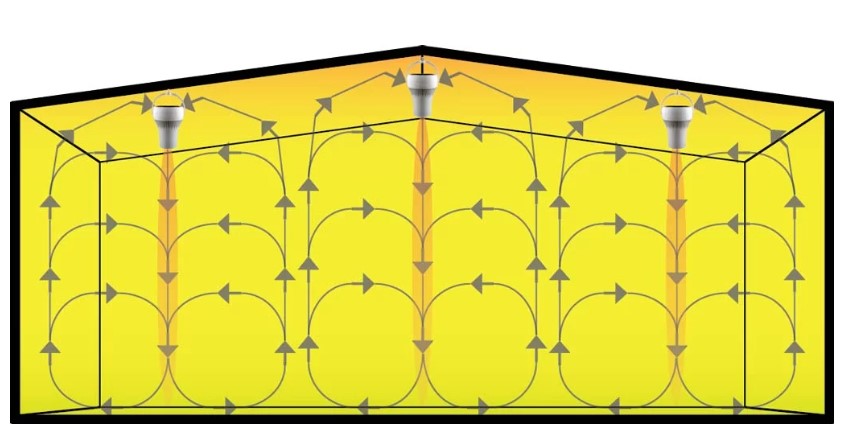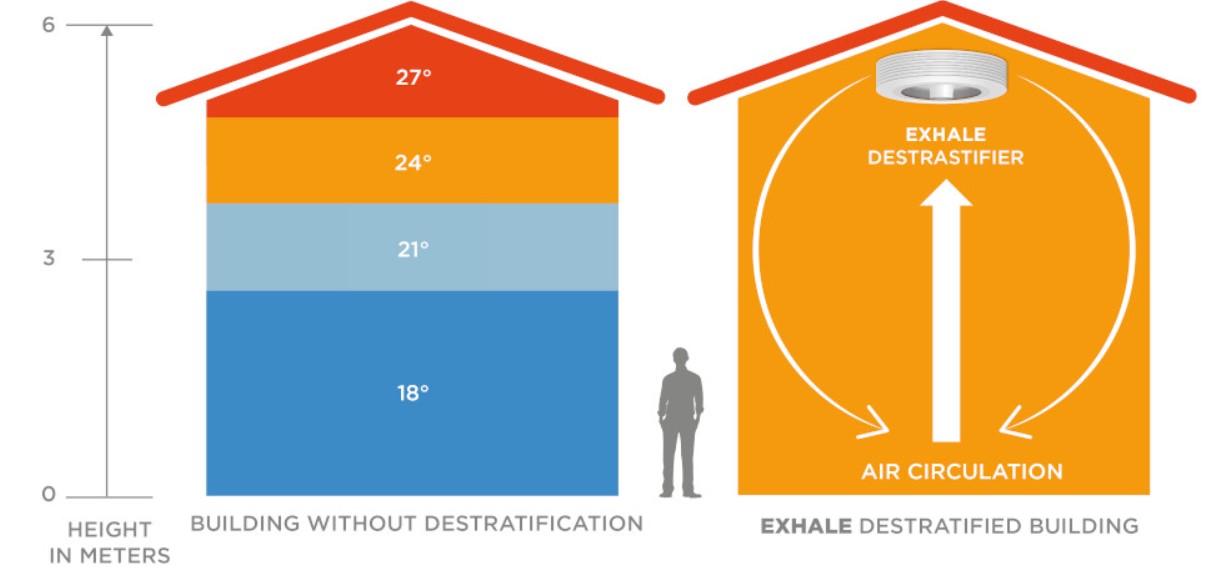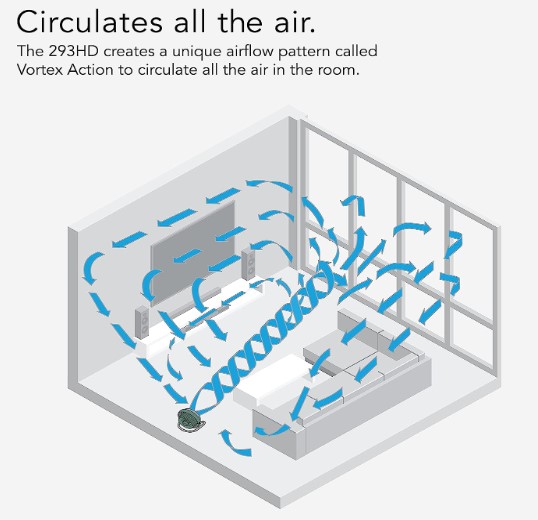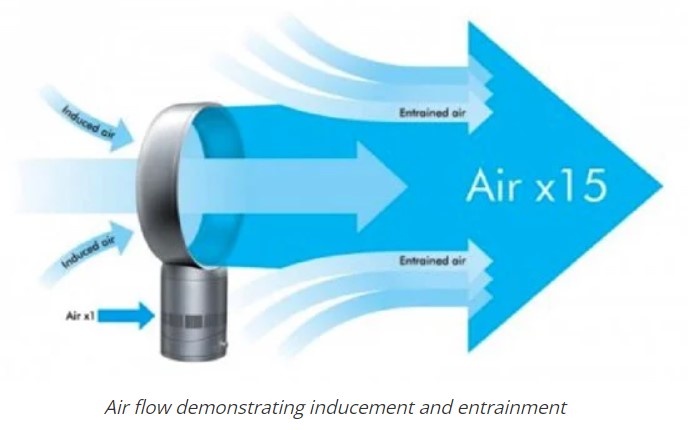Home theatres and entertainment rooms are designed for family fun and relaxation. These rooms in your house are the most important to you when it comes to socializing, relaxing, and having fun. You and your loved ones can gather in these rooms to enjoy a performance of a film, play, or musical.
The entertainment rooms are a part of the house that should be well cared for. These areas need to be cleaned regularly to keep them in top condition. Many people in the home often use them, so it is always crucial to keep them clean. HVAC systems are another option for keeping these rooms comfortable. A good HVAC system makes watching movies or listening to music more enjoyable.
What are House Theatres and Entertainment Areas?
A theatre room with state-of-the-art projection and sound equipment is specifically designed for watching films. The walls of such spaces are typically covered in movie posters and other film-related memorabilia. In addition, they provide relaxing seating options, so you can kick back and enjoy your favorite program or film.
An entertainment area, often adjacent to the living room or family room, keeps guests entertained during social gatherings such as birthdays and anniversaries. Putting in pool, arcade, or foosball tables will give people something to do while waiting for food or drinks. This will provide them with a fun activity while waiting for their dinner to be served.
What Is an HVAC System?
HVAC stands for heating, ventilation, and air conditioning. In homes, businesses, and even indoor stadiums, air conditioning and heating systems control the air temperature inside the building. HVAC systems come in a wide variety, but they all work similarly. Mechanical ventilation provides fresh outdoor air through the system.
HVAC systems often include air cleaners to prevent the spread of airborne pathogens such as bacteria, fungi, and viruses. A specialist in the field will visit your home to assess its readiness for HVAC installation. Dallas HVAC installation service is one of the experts who will find the best HVAC setup for your home. They can install a new HVAC system for your home or business and also provide the repair service.
To ensure your new HVAC system is installed correctly, you should hire a professional with a wealth of knowledge and experience. Professional HVAC installers help clients determine which heating and cooling systems are right for them. They can help you determine which size unit suits your space and how big your ducts need to be.
How HVAC Systems Affect Home Theatres and Entertainment Areas
When you plan to install a home theatre or entertainment area, it is crucial to understand how the HVAC system will affect these areas. The most common problems that arise from inadequate HVAC systems include the following:
Temperature
Most home theatre components are not made to work in extreme heat or cold and may malfunction if exposed to such conditions. If your heating and cooling system is not running correctly, the temperature inside your home could fluctuate wildly. Either of these extreme temperature conditions can destroy sensitive audio and electronic equipment. The equipment itself produces heat, so that must be accounted for in the “load” of the system.
The quality of the sound delivered to a home theatre will be affected by the temperature of the HVAC system. When the air temperature in a room is too low, the sound quality suffers. If the temperature is too high, you'll hear crackling sounds. The optimal viewing temperature for a home theatre is between 68 and 72 degrees Fahrenheit (20 and 22 degrees Celsius).
In addition, if your home theatre or entertainment area is sized for a number of people that significantly exceeds the people living in the house, you’ll need to consider the “load” that the extra people place on the system, because they will increase the temperature, humidity and CO2 of the room(s). Too high or low of a temperature will also make it hard to focus on the plot of the movie or TV show you're watching. With reliable HVAC installations, you should be able to keep the temperature comfortable.
Humidity
Water vapor in the air is what is quantified when discussing humidity. It affects how your home theatre and entertainment areas function.
Home theatre systems are not designed to withstand the high levels of humidity found outdoors. When exposed to humidity, most indoor equipment rusts, corrodes, or otherwise breaks down. HVAC controls ventilation, heating, and air conditioning to maintain a healthy indoor climate.
A high humidity level can make it uncomfortable to spend time indoors. You may feel overheated and wet all the time. Humidity levels in your home theatre could be quite high. Extreme heat and humidity are bad for your hair and skin. When the air in your home is too dry, you may experience a chill, discomfort, and dry skin.
If you have a humidifier in your house, ensure it's set to keep humidity levels at 30-40% during winter. For most house theatres and entertainment areas, this range is ideal. In the summer, that percentage can reach fifty to sixty percent.
An HVAC system that incorporates both a humidifier and a dehumidifier is the most efficient way to control moisture in a home. No matter the season, you can maintain optimal humidity levels in your home theatres and entertainment areas with HVAC installations.
Airflow
Airflow can affect how well you hear the dialogue in movies and TV shows and how you can listen to sound effects. It also affects the clarity of your surrounding system.
The lack of proper airflow is one of the biggest problems facing people who want to set up an effective home theatre system in their homes today.
Poor airflow can lead to condensation on the walls and windows in your house theatre. This will cause mold growth and damage your furniture or other items within the space. Mold can grow inside the space and damage appliances.
Poor ventilation from the outdoors will allow CO2 levels to rise within the space, making everyone feel drowsy and irritable, the opposite of the environment you’re planning! Without proper ventilation, microbial contaminants can also increase as people in close proximity exhale, laugh, cough or sniffle. It’s critical to make sure that adequate ventilation is provided to keep everyone healthy! Adding an air sanitizer device like the Whole Home Polar Ionizer or Air Angel will work to keep all the air fresh and clean in these spaces.
HVAC systems can help maintain constant airflow throughout your home, keeping the temperature tolerable for those inside. The HVAC system uses ducts to distribute the conditioned air to different rooms in your home and especially entertainment areas.
What Makes a Good Home Theatre and Entertainment Area?
Home theatres or entertainment rooms are more than just couches and speakers. It's a place to take a break from the stress of everyday life with your loved ones and friends. To make the area more fun and friendlier for anybody who visits, you'd probably want to improve it a little.
Ensure the room has enough seating for all those watching shows or movies. With a well-functioning heating, ventilation, and air conditioning system (HVAC), your guests can enjoy the show in comfort.
Installing an appropriate HVAC system should be a top priority. It will keep dust off your electronics, extending their life and ensuring they function properly. It will also keep your home at a temperature that will allow you to watch comfortably. If you already have a central HVAC system, you may want to consider adding an additional unit for these entertainment areas, like a mini-split, to make sure your home theatre HVAC system maintains a consistent temperature, humidity and airflow.
Conclusion
Heating, ventilation, and air conditioning (HVAC) systems for a home theatre have unique design parameters that must be strictly adhered to for the best possible viewing environment for the audience. The system must be efficient and silent for the viewing experience to be satisfying. Creating a comfortable environment for watching movies or TV shows at home requires careful planning of the HVAC installations. With all these things in mind, choose an HVAC system that keeps your home and entertainment areas safe and comfortable.


